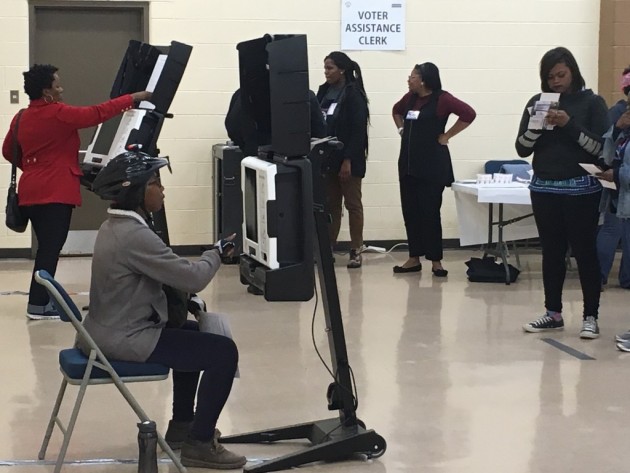A devastating 7.0-magnitude earthquake hit the small but highly populated area of Port-au-Prince, Haiti on January 12, 2010. More than 70,000 bodies have been found dead, while there are more than 250,000 injuries, millions homeless, all adding to the vast amount of damage to the town. More importantly than the loss that couldn’t be controlled, was the help and change that quickly followed the disaster. Social networking groups such as Twitter and Facebook aided Haiti by allowing millions of people to know ways to help.
Companies such as Partners in Health, and organization founded in Haiti by Paul Farmer, and Mercy Corps, corporation of volunteers geared towards helping Haiti residents, have aided the Haiti Relief by donating both money and resources. “More importantly than having a relief effort is having people to volunteer and give,” says Partners in Health volunteer Justin Eskins, 27.
Twitter is the popular social networking site that has grabbed the attention of every class of people regardless of status. Wyclef Jean, music artist, along with other pop icons such as Teraji Henson and Reverend Run have dedicated both their time and energy to gaining support for Haiti through their Twitter accounts. Wyclef Jean created a relief entitled the Yele Haiti Foundation in which twitter users could donate directly to Haiti by texting “Yele” to 501501. This foundation reached Jean’s 1.5 million followers along with the millions of people the foundation reached by word of mouth. The Yele Foundation raised 3 million from text messages.
Additionally, at Fort Hamilton High School in Brooklyn, NY, Five students came together to form a foundation that would raise money for the rebuilding of the Haiti infrastructure. They came together and decided that the social network Facebook could bring both publicity and money for the foundation. “We just figured that the easiest way for people our age to find out about the effort, was to publicize on Facebook,” says James Anthony, 17. The students created a group on the site, and have gained a following of 500 and still climbing. ” Most of the donations came from high school students which is cool because usually we are the last people to give money,” says Jasmyn Turner, 17.
The partners at Ketchum Communications, a nation branding and consulting firm, specializes in providing its customers with a broad education on social networking. According to Robyn Mossy, 43, Ketchum PR associate, “Social networking increases the ways in which we communicate. A bridge between the generations; you would fail at brand strategy if you omitted the use of these networks.” This understanding has reached the masses, and college campuses are using it to reach out to Haiti as well.
At Texas A&M University, the international organization created an online group on Facebook that profiled different outreach programs in the area. Students across the campus are constantly aware of the many charity events that are held to raise money for Haiti. The Red Cross headquarters in Houston, TX held a relief effort event on February 24th to raise money towards the building of new homes. Deborah Heiber, 41, Red Cross volunteer said, ” Almost half of the people who attended and donated were from the university. On our comment cards, many of the attendees were notified through the Facebook group created for students.”
Benjamin Lewis, 47, DC representative for UNICEF, said, ” My hope and prayer is for the kindness that is being extended to Haiti doesn’t end in the months to follow. There is an ongoing war in Haiti and our support should be ongoing as well.”
These social networks have not only helped gain resources for Haiti, but also to circulate ongoing information on the progress and state that Haiti is in. The Yele Foundation, The World Food Program, and the Lambi Fund are all dedicated to keeping people informed and active through their Twitter accounts. Combined, the three foundations have 4.2 million followers who may contribute to the continuing benefits for Haiti.



